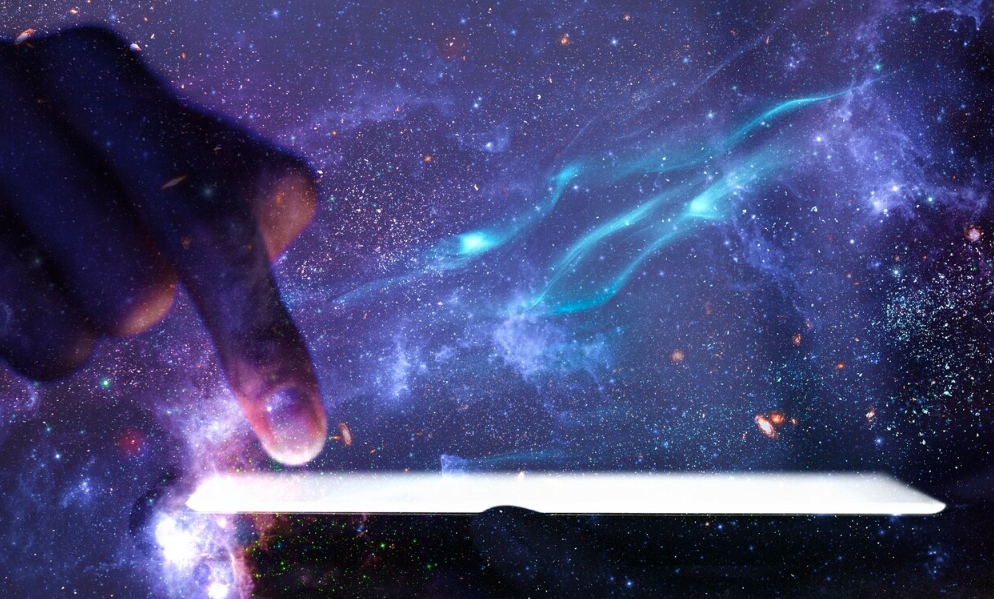As humanity begins to venture deeper into space, the concept of time will evolve in ways we’ve never had to consider before. While timezones on Earth have long been a part of daily life, navigating time in deep space — where distances are measured in lightyears — introduces challenges that no one on Earth could have ever imagined. In the vastness of space, timezones and synchronization take on a whole new meaning.
The Complexity of Time in Space
Time is universally understood through the rotation of Earth — a predictable 24-hour cycle driven by its spin. This Earth-centric view has led to the creation of timezones across the planet. However, when traveling lightyears away from Earth, that system breaks down. In fact, deep space introduces new dimensions of time that challenge our traditional understanding of how we measure, experience, and coordinate time.
Consider this: a crew on a spacecraft leaving Earth and journeying toward Mars or beyond will encounter several time-related hurdles, including:
- Time dilation due to the relativistic speeds of space travel.
- The absence of conventional day-night cycles in the absence of a rotating planet.
- Difficulty in maintaining synchronous communication with Earth, where messages may take minutes, hours, or even days to travel.
These are just the beginning. The deeper we travel into space, the more complex time becomes, raising intriguing questions about the user experience (UX) of deep space time.
Timezones in a Multi-Lightyear Journey
The first and most immediate challenge is the fact that time passes differently depending on where you are in space. According to Einstein’s theory of relativity, as you approach the speed of light, time slows down for the traveler compared to an observer on Earth. This means that astronauts on a high-speed voyage would experience time more slowly than their counterparts back home.
On a Mars mission, for example, communication might take 20 minutes one way. A simple question asked by a space traveler will take 40 minutes (20 minutes for the signal to reach Earth and 20 minutes for the response to return). But what if the astronauts are traveling even farther, to a distant exoplanet? In this case, the lag could extend to days, and in some extreme cases, weeks.
This delay creates a very real UX challenge: how do we design systems and interfaces that accommodate these time differences and the psychological toll they may take on the crew?
Mission Control vs. Crew Time
In the traditional mission model, time is synchronized between mission control and the space crew. However, in deep space, this synchronization becomes a UX paradox. Time on Earth will continue, while the crew experiences time at a different pace — depending on how fast they are traveling. For example, an astronaut who spends six months traveling toward a distant star system might return to find that a year has passed on Earth.
How do we manage schedules, tasks, and coordination in such a scenario?
- Time Synchronization Tools: Custom software solutions that help astronauts track Earth time while maintaining their own onboard schedules will be crucial. These tools will need to manage the dual timeline: one for the crew’s daily life and one for the mission’s Earth-based timeline.
- Calendar Management: Astronauts will need to balance local “mission time” and Earth “time.” Calendars may be adjusted to accommodate these shifts, and important dates or events will need to be synced across these two very different time systems.
The Human Experience of Time in Space
Astronauts are accustomed to Earth’s time, where they see the sun rise and set, and can measure their day based on the planet’s rotation. However, once beyond Earth’s orbit, the psychological impact of time becomes increasingly important. In deep space, the absence of familiar temporal cues can lead to disorientation and distress.
- Time Without the Sun: Without the regular cycles of light and darkness, astronauts might experience difficulty maintaining their circadian rhythm, affecting both their physical health and mental well-being. In this context, smart lighting systems will be essential, helping astronauts simulate the day-night cycle onboard.
- Psychological Impact: The uncertainty of time, coupled with communication delays, can exacerbate feelings of isolation. Designing mental health support systems that account for these unique challenges will be essential. The UX of time in space will need to foster connection, both between the crew and with Earth.
The Role of Artificial Intelligence in Managing Time
As space missions extend into the outer reaches of the solar system, the role of artificial intelligence (AI) in time management becomes even more vital. AI can help manage the complex logistics of time across multiple timelines, including scheduling tasks, monitoring performance, and adjusting schedules based on the unique needs of the crew.
AI for Synchronization
AI could play an integral role in synchronizing the astronaut’s internal time with the mission’s Earth time. It could also manage data about how astronauts perceive time differently based on their personal experiences and physical well-being. AI-driven interfaces could constantly adapt to the astronauts’ needs, suggesting optimal times for exercise, rest, and communication with Earth.
AI and Long-Distance Communication
Given the vast distances in deep space, AI could also serve as an intermediary to bridge the communication delay between Earth and the crew. AI could assist in composing responses, filtering critical messages, and providing support in decision-making, all while maintaining awareness of the time differences between Earth and the spacecraft.
UX Considerations for Long-Term Deep Space Missions
In addition to managing time, a UX design for space will need to consider:
- Time Perception and Fatigue: How can the system optimize for astronaut mental health when they are cut off from Earth for months or years? Interfaces must ensure that time is easily understood and not overwhelming, while also offering frequent updates and points of connection with Earth.
- Long-Term Communication: For missions lasting years, humans will rely on asynchronous communication. The UX must balance both the psychological need for connection and the technical limitations of delayed signals. This could mean designing interfaces that simulate more interactive forms of communication, like real-time conversations with AI-based proxies.
- Space-Time Integration: The time system aboard spacecraft and habitats should be flexible enough to account for crew needs, yet sophisticated enough to maintain mission schedules. Real-time coordination with mission control and Earth-based teams will require seamless data synchronization tools.
Conclusion: Time Beyond Earth
As humanity embarks on its deep-space journeys, time will no longer be a simple linear experience. The UX of deep space will be fundamentally shaped by lightyears, relativity, and communication delays. The very nature of how we experience time will need to be rethought, both for practical mission management and for the psychological health of astronauts.
In the age of space exploration, designing time will become just as important as designing spaceships or habitats. As we push the boundaries of space travel, we will also be re-engineering how humans connect with each other, how we measure time, and how we experience the vastness of the cosmos.


